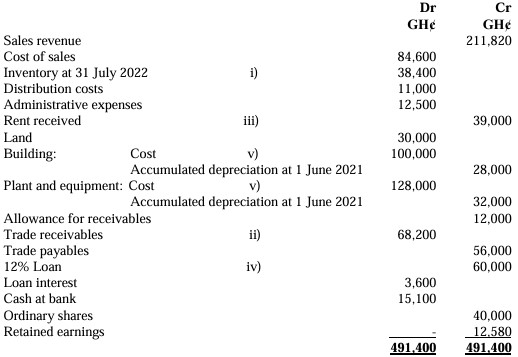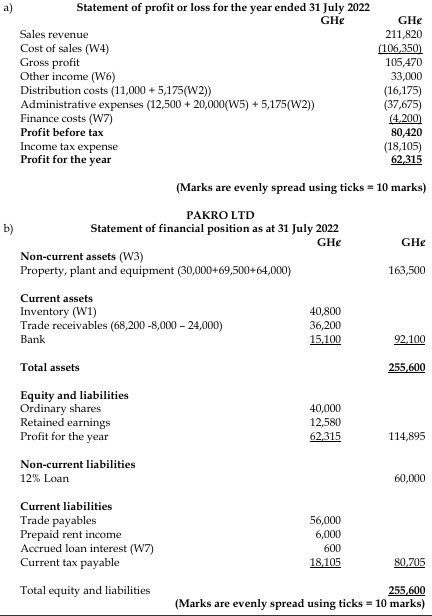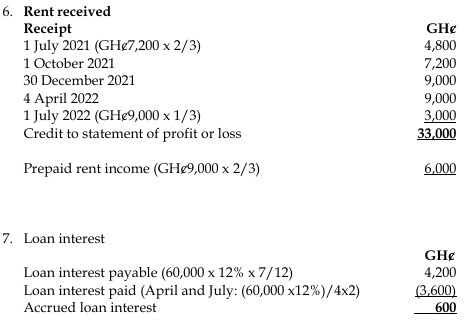- 5 Marks
Question
b. Bala PLC prepares its financial statements on December 31, 2023. At the end of the year, Bala PLC holds three different inventory items. The following information is available for each item:
- Item A:
Cost as at December 31, 2023: ₦1,500,000
Estimated selling price: ₦1,800,000
Estimated costs of completion, disposal, and selling expenses: ₦200,000 - Item B:
Cost as at December 31, 2023: ₦2,250,000
Estimated selling price: ₦2,000,000
Estimated costs of completion, disposal, and selling expenses: ₦300,000 - Item C:
Cost as at December 31, 2023: ₦3,000,000
Estimated selling price: ₦3,200,000
Estimated costs of completion, disposal, and selling expenses: ₦400,000
Required:
i. Calculate the total lower of cost and NRV adjustment required for inventory of Bala PLC. (2 Marks)
ii. Prepare the necessary journal entry to adjust the inventory to its lower of cost and NRV. (3 Marks)
Answer
i. Lower of Cost and NRV Adjustment for Bala PLC:
| Item | Cost (₦) | Net Realisable Value (₦) | Lower of Cost and NRV (₦) |
|---|---|---|---|
| A | 1,500,000 | 1,600,000 | 1,500,000 |
| B | 2,250,000 | 1,700,000 | 1,700,000 |
| C | 3,000,000 | 2,800,000 | 2,800,000 |
Total Lower of Cost and NRV = ₦6,000,000
The adjustment required is calculated as:
Total Cost – Total NRV = ₦6,750,000 – ₦6,000,000 = ₦750,000
ii. Journal Entry for Inventory Adjustment:
| Account | Debit (₦) | Credit (₦) |
|---|---|---|
| Cost of Sales | 750,000 | |
| Inventory | 750,000 | |
| Narration: Being reduction of inventory to the lower of cost and NRV. |
- Tags: Inventory Adjustment, Inventory Valuation, Lower of Cost and NRV
- Level: Level 1
- Topic: Accounting for Inventories (IAS 2)
- Series: MAY 2024
- Uploader: Dotse



